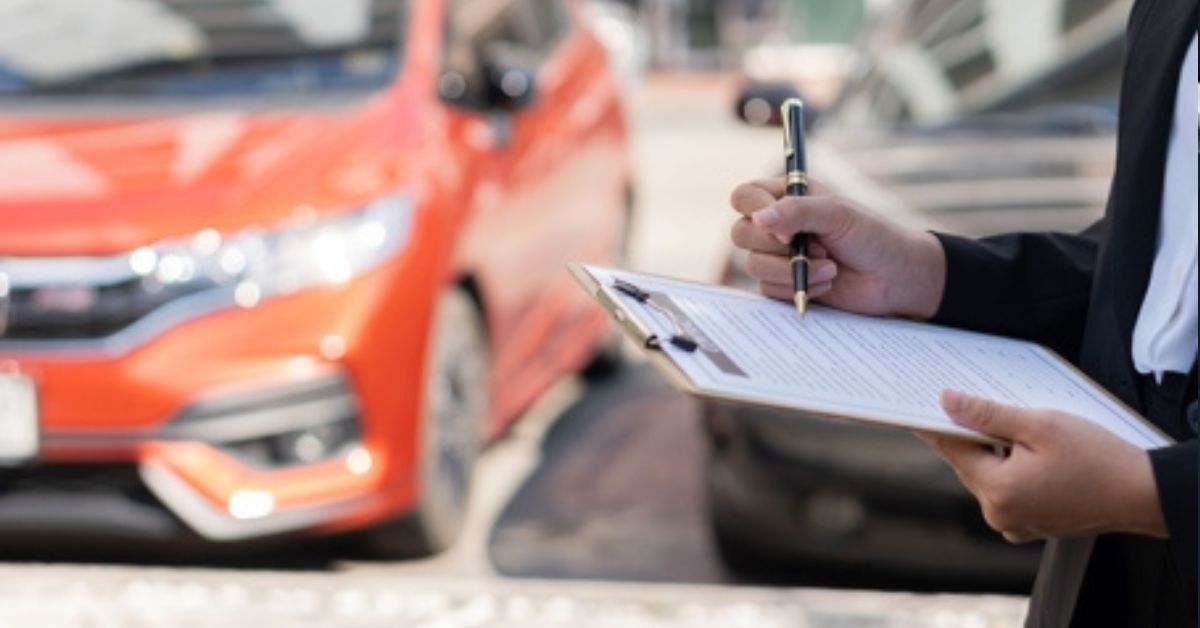When someone is injured in an accident, the facts surrounding what happened aren’t always clear. Conflicting witness statements, incomplete reports, and physical evidence that doesn’t tell the whole story can make it hard to determine fault. In these situations, attorneys often turn to accident reconstruction to fill in the gaps. This process uses science, technology, and detailed analysis to understand how an incident occurred. We will explore how accident reconstruction is vital in building strong legal claims, helping attorneys present a clearer picture of the events that led to their client’s injuries.
Significance of accident reconstruction
The Purpose of Accident Reconstruction in Personal Injury Cases
Accident reconstruction is a powerful tool in personal injury cases, especially when liability is questioned. Its purpose is to analyze the events that led to the accident, using physical evidence and data to recreate the incident as accurately as possible. Attorneys rely on this process when the details of a crash are disputed or when insurance companies try to minimize a claim by arguing fault. Reconstruction offers a science-based explanation of how and why an accident occurred by examining elements like skid marks, vehicle damage, road conditions, traffic patterns, and surveillance footage. This method is particularly valuable when human memory may be unreliable or when multiple people give differing versions of the same event.
Instead of relying solely on testimonies or assumptions, attorneys can use reconstruction to anchor their arguments in measurable facts. It also helps rule out scenarios that may be raised in opposition. For instance, if a driver is accused of speeding, reconstruction can determine the actual speed at the moment of impact by analyzing the length of tire marks or the extent of vehicle damage. This level of detail strengthens the credibility of the legal claim and helps a jury or insurance adjuster better understand what truly happened. Accident reconstruction can clarify whether weather played a role, if a traffic signal was obeyed, or whether one party had time to react before the collision. It provides a foundation for persuasive arguments about liability, causation, and damages in personal injury claims.
How Data and Evidence Are Collected and Interpreted
Accident reconstruction is only as substantial as the supporting data, and data collection begins immediately after an incident. Personal injury attorneys quickly gather as much evidence as possible before conditions change or key details are lost. Photographs of the scene, measurements of debris fields, and documentation of vehicle positioning are all crucial elements. Attorneys may work alongside trained analysts to obtain vehicle black box data, which can reveal essential metrics such as speed, braking patterns, and steering input in the seconds leading up to the crash. This data provides insight into how the driver responded and whether their actions were reasonable. Reconstruction draws on police reports, weather records, road design plans, and witness interviews to build a comprehensive view.
Every piece of information contributes to the timeline and mechanics of the event. Interpreting this data requires technical understanding and careful review. The goal is to translate physical evidence into a narrative that shows how the accident unfolded from start to finish. This could include a step-by-step model of the moments before impact, the collision point, and how the vehicles moved afterward. Attorneys use this information to determine who had the right of way, how visibility may have been impacted, or whether mechanical failure could have contributed to the outcome. Diagrams, computer simulations, and 3D models are often used to present these findings in a visual format that is easier for juries and insurance adjusters to understand. These tools make it possible to recreate a chaotic moment with clarity and precision. By interpreting raw evidence into a structured account, attorneys strengthen their case with facts that support the client’s version of events and challenge opposing claims.
Demonstrating Causation and Defending Against Counterclaims
One of the most essential elements of a personal injury claim is proving causation—establishing a direct link between the accident and the injuries sustained. Accident reconstruction plays a key role in this part of the case by showing exactly how the physical forces of the crash could have caused harm. Whether it’s a rear-end collision, side impact, or multi-vehicle crash, the reconstruction can demonstrate the type of movement, velocity, and direction involved. This makes it easier to explain how specific injuries occurred, such as whiplash, spinal trauma, or broken bones. Attorneys use this evidence to prove their client was injured and describe the severity and long-term consequences. When defense attorneys argue that the injuries were pre-existing or caused by something else, the reconstruction data can help refute those claims.
By showing the mechanics of the crash and how the impact affected the body, attorneys can make a compelling case for medical damages. Reconstruction is also essential for defending against claims of shared fault. The other party may argue that the injured person was partially responsible, which can reduce or eliminate compensation. Accident reconstruction helps clarify how each party contributed to the crash, offering a fair analysis of who was in the wrong and to what extent. This is particularly important in comparative negligence states, where liability can be divided based on each party’s role. With solid reconstruction evidence, attorneys are better equipped to argue for full or majority compensation for their clients. It adds weight to claims about driver distraction, speed, signaling, and reaction time, which can shift the responsibility from the injured party to the at-fault driver.
Presenting Findings in a Way That Supports Legal Strategy
Accident reconstruction is not just about collecting data—it’s also about presenting that data compellingly and understandably. A Personal injury attorney in Sandy uses reconstruction findings to shape the case’s narrative and make it resonate with judges, juries, or insurance representatives. This means turning technical analysis into relatable information. Through visual aids like diagrams, charts, and animations, attorneys bring the accident scene into the courtroom or negotiation room. These presentations are designed to show how the crash unfolded, highlight key moments of decision or error, and demonstrate why the other party should be held responsible. The attorney ensures that the technical language is simplified without losing its accuracy, allowing those unfamiliar with engineering or physics to grasp the significance of the evidence and how it supports the claim being made.
Accident reconstruction plays a vital role in personal injury law by transforming physical evidence into clear, understandable facts. When the details of an accident are contested, this process helps reveal what truly happened and why it matters. Through analysis, data interpretation, and effective presentation, attorneys use reconstruction to build more substantial cases and support their client’s right to fair compensation. In the often complicated world of injury claims, reconstruction offers a path to clarity, helping everyone involved see the event through a more accurate and informed lens.
Also Read: Rockford Mesothelioma Lawyer Vimeo: Connecting Individuals

